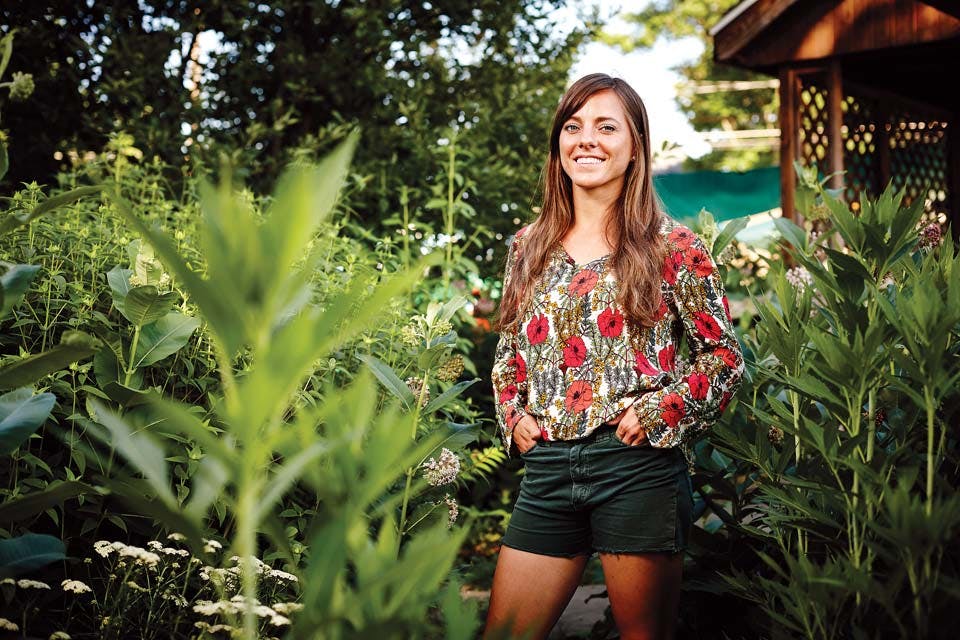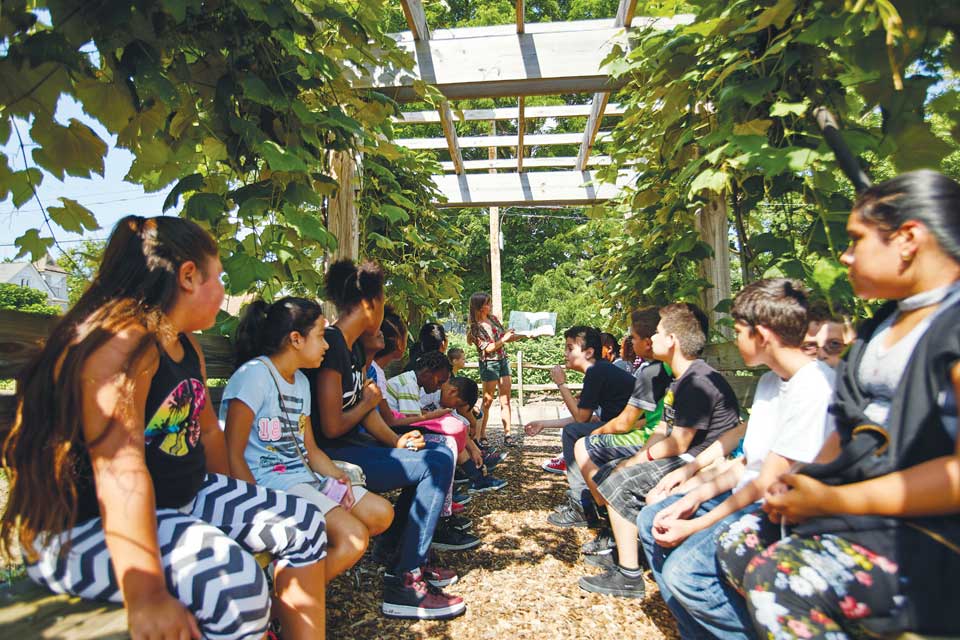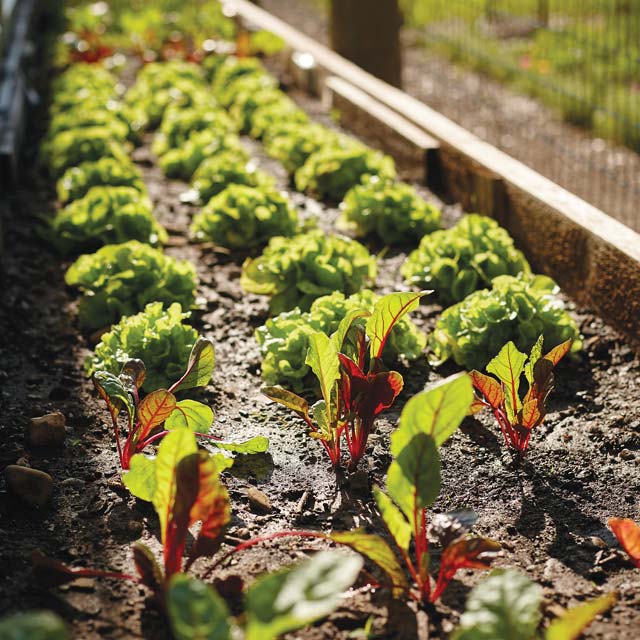Ohio Life
The Garden that is Reshaping Mealtimes in Columbus’ Hilltop Neighborhood
Jazmyn Benjamin teaches kids in Columbus’ Hilltop neighborhood how to grow fruits and vegetables. On a nearly half-acre parcel of land, she’s helping shape their family mealtimes and their futures.
Related Articles
.jpg?sfvrsn=fc2b738_5&w=960&auto=compress%2cformat)
Grow an Ohio Garden with the Native Plant Backyard Challenge
Make your outdoor space into a haven for birds, butterflies and pollinators this season by taking part in this National Audubon Society program. READ MORE >>
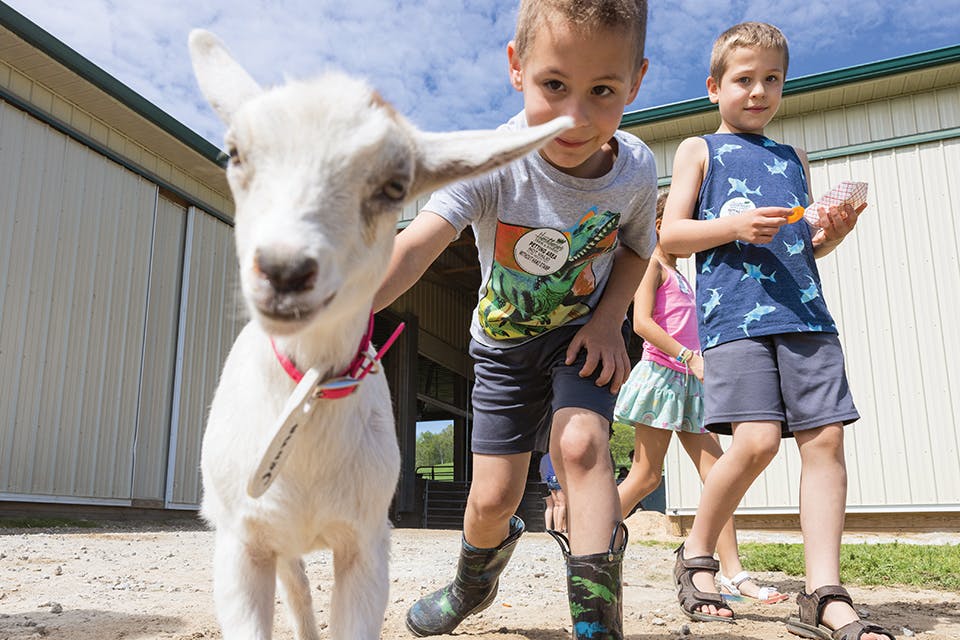
Fun for Kids in Ohio’s Amish Country
Bring the little ones to Amish Country this season to stock up on adorable photos and great memories with the help of these destinations that promise to capture kids’ attention. READ MORE >>
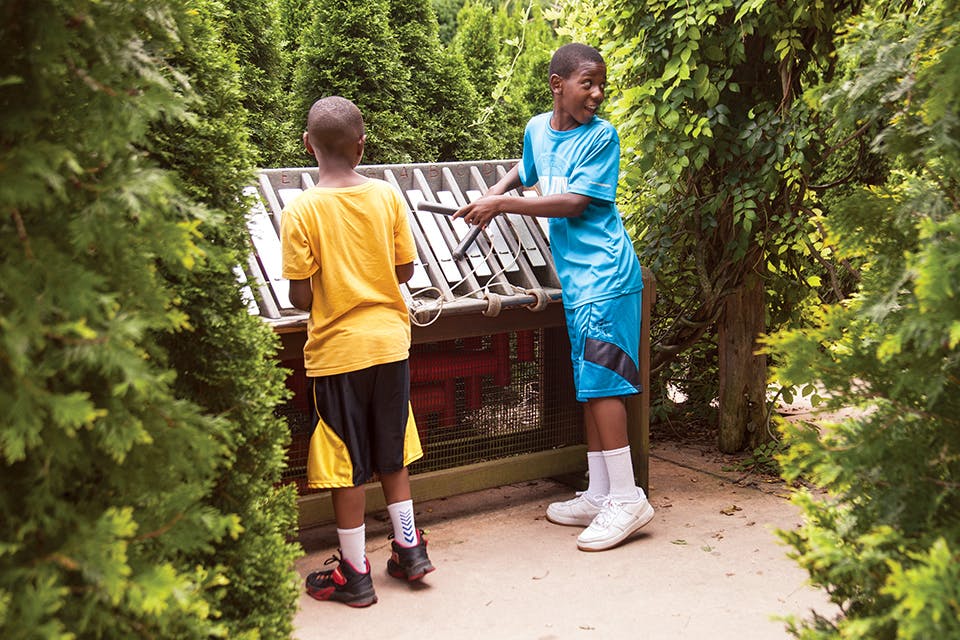
4 Ohio Children’s Gardens to Explore this Summer
These gardens geared toward little ones across the state spark imagination and provide places to play in beautiful settings. READ MORE >>


